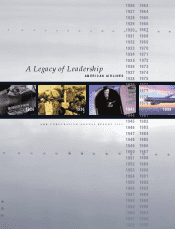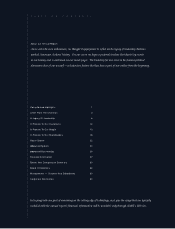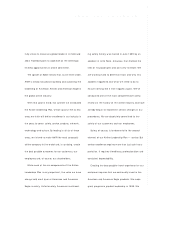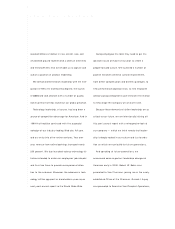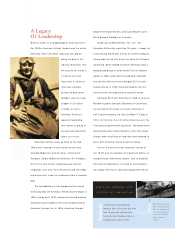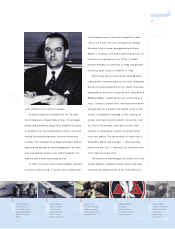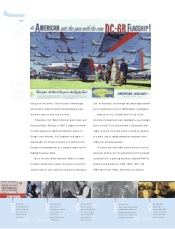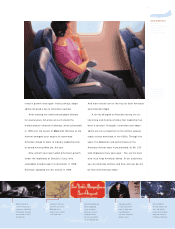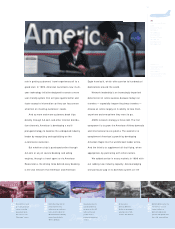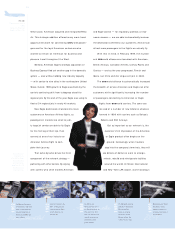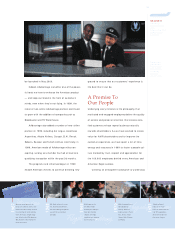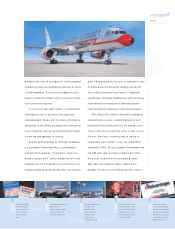American Airlines 1999 Annual Report Download - page 9
Download and view the complete annual report
Please find page 9 of the 1999 American Airlines annual report below. You can navigate through the pages in the report by either clicking on the pages listed below, or by using the keyword search tool below to find specific information within the annual report.
a cornerstone of the airline’s success.
A second important innovation of the ‘70s was
the introduction of Super SAAver fares. These deeply
discounted advance-purchase fares enabled the airline
to compete with low-priced charter carriers, while still
serving the less price-sensitive, last-minute business
travelers. The combination of Sabre and Super SAAver
spawned the concept of yield management, an inven-
tory-management science now used throughout the
industry and in other businesses as well.
In 1979, the entire airline industry began a period
of painful restructuring, in which a once sleepy semi-
utility became one of the most competitive indus-
tries in the world. The man charged with leading
American into this new, deregulated world was
Robert L. Crandall, who had masterminded many of
the airline’s innovations of the 1970s. Crandall
became President of American in 1980 and became
Chairman upon Casey’s retirement in 1985.
While many carriers retrenched, declared bank-
ruptcy and/or imposed wage cuts on their employees
during the trying conditions of the 1980s, American
embarked on an era of innovation that, according to
Business Week, “ redefined the way airlines do busi-
ness.” Under its Growth Plan, American drove down
average costs as it became the largest airline in the
world. It completely revamped its fleet, opting for
smaller and more versatile aircraft. And while it did
not invent the concept, American was the most
effective in developing a system of concentrated
hubs and spokes. The construction of large hubs in
Dallas/Fort Worth and Chicago — and eventually
Miami and San Juan — allowed it to efficiently offer
more flights to more cities.
The creation of AAdvantage, the world’s first travel
awards program, helped American attract and keep
customers by allowing them to earn free tickets for
7
777
Manufacturer:
Boeing (USA)
Number in Fleet: 11
Number of Seats: 237
* Plane statistics as of
December 31, 1999
1927
1928
1929
1930
1931
Colonial Air Transport,
another predecessor
company, carries its first
passenger, Mrs. Gardiner
E. Fiske, from Boston to
New York.
Texas Air Transport
begins linking Texas
cities before it is
merged with another
carrier to create
Southern Air Transport.
Investors create
the Aviation Corporation
(AVCO) to acquire and
operate airmail carriers
around the country.
AVCO’s management
incorporates
American Airways, Inc.,
to consolidate the newly
acquired companies.
American Airways
introduces the Fairchild
Pilgrim 100A, the first
aircraft built to
American’s own
specifications.
Cyrus Rowlett (C.R.)
Smit h, American’s
first President, was
a guiding force for
more than 30 years.

